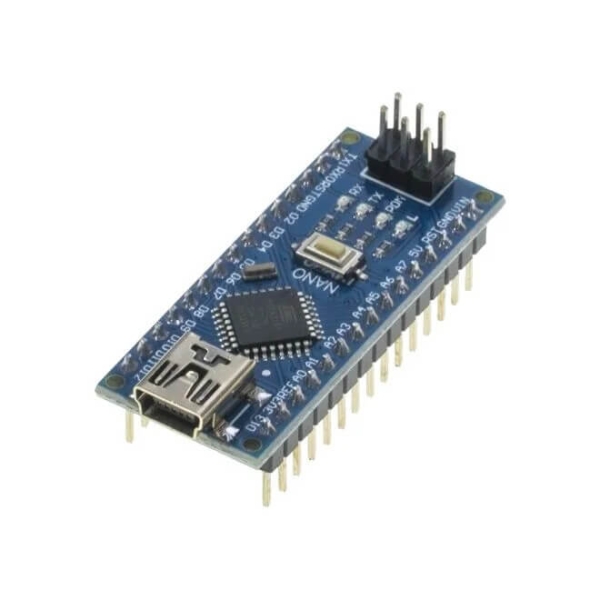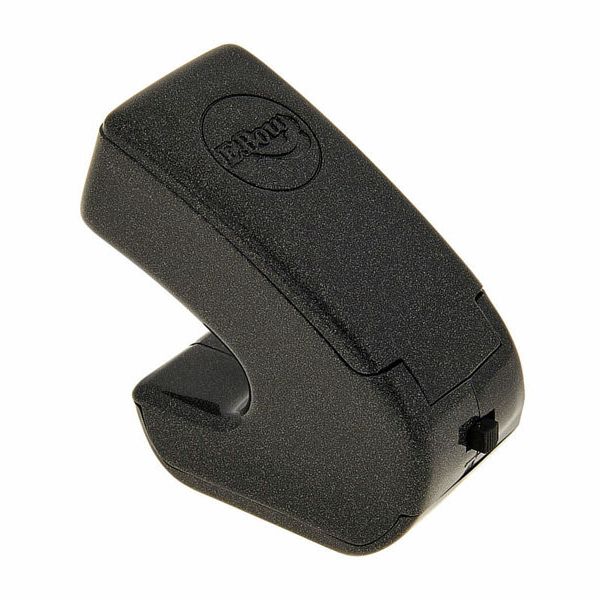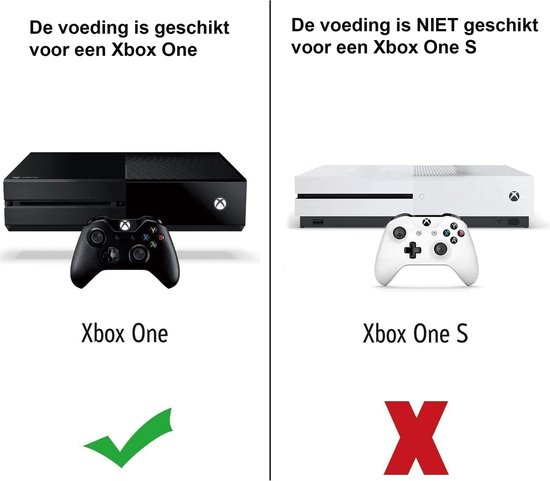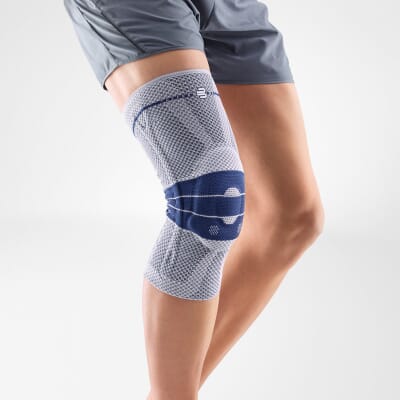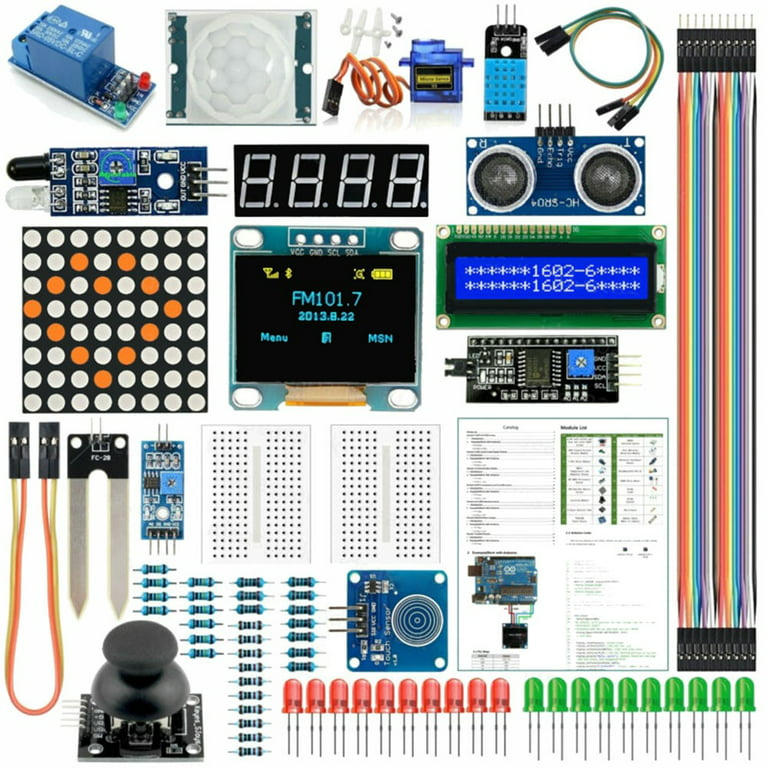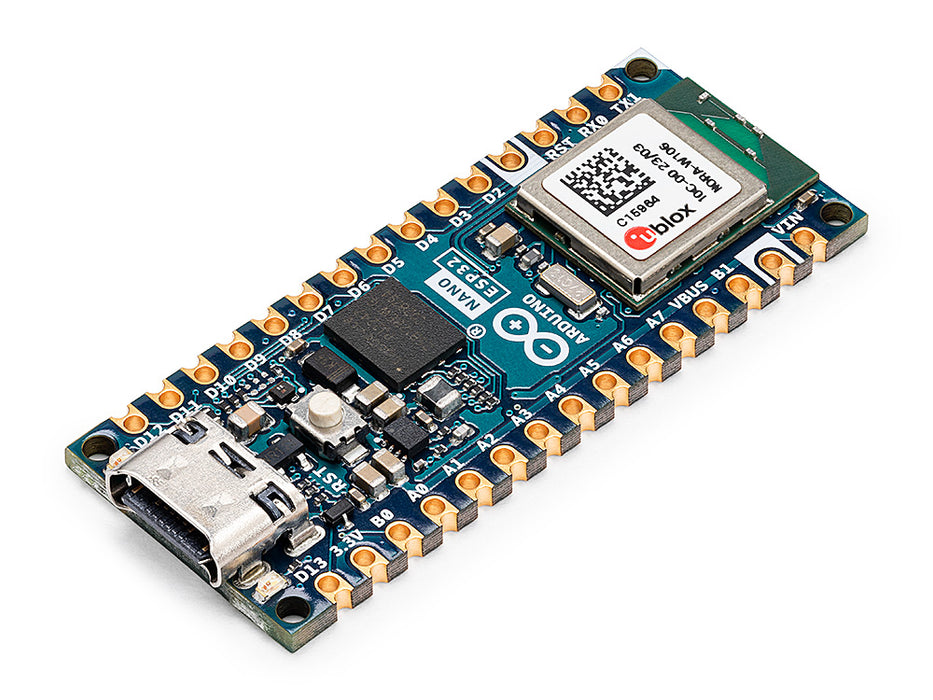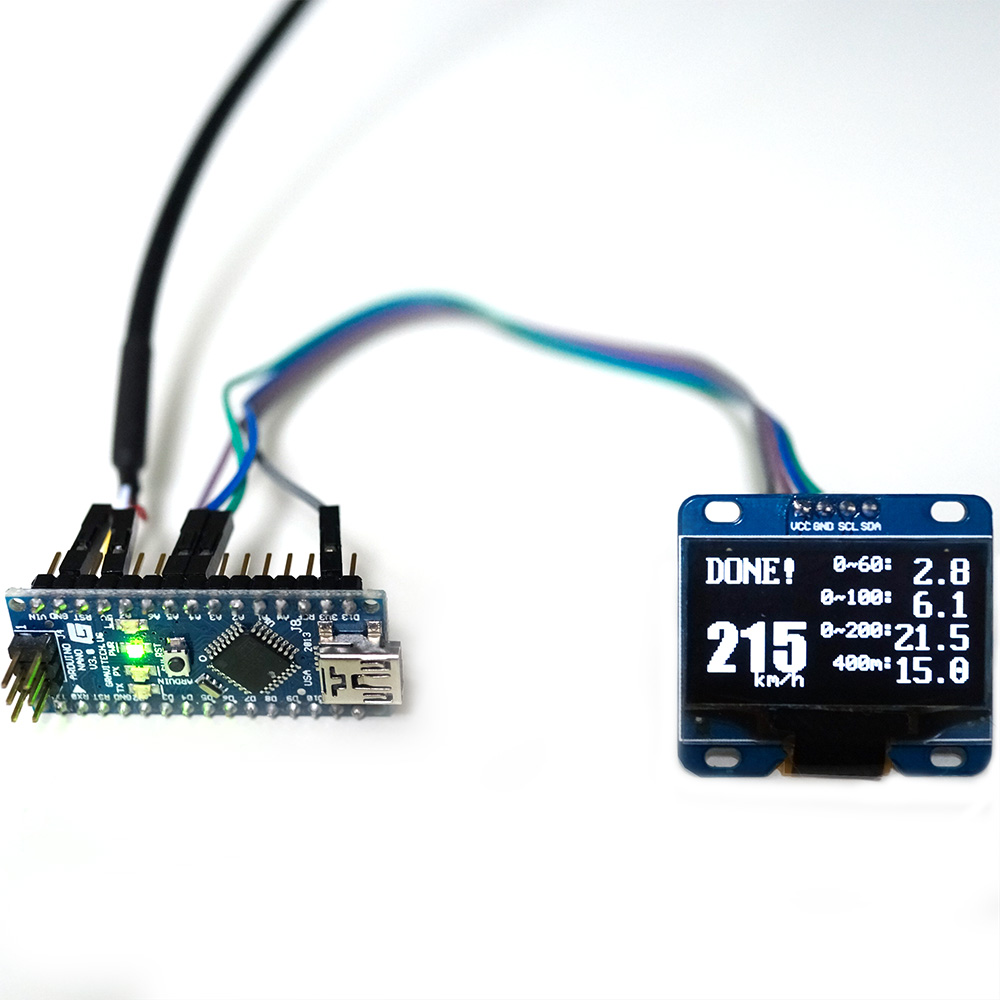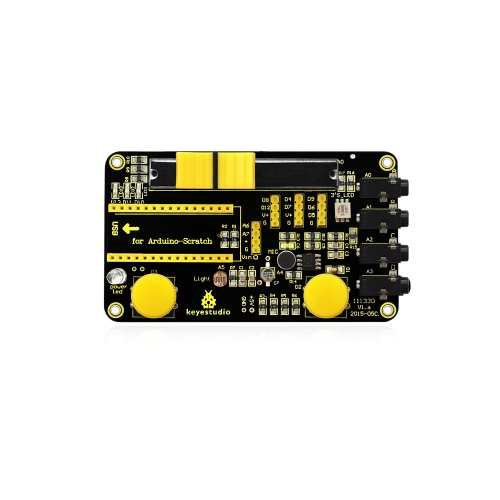Arduino Nano Clone with USB Chip CH340 (Including USB Cable as a
4.8 (100) · € 81.50 · En Stock
Raspberry Pi, Arduino, BBC micro:bit, Asus Tinker Board, eğitici stem ürünleri, 3D yazıcı ve daha fazlası için uygun fiyat ve hızlı teslimat SAMM Market
Arduino Nano is essentially a model with the same features as the Arduino Uno but in a much smaller form factor. It also uses the ATmega328 microcontroller, just like Uno. Thanks to its similarities with Uno, you can use any software written for Uno with Nano as you wish.
The main difference in this clone of Arduino Nano is the programming integrated circuit it uses, which is the CH340 (USB-Serial converter).
Technical Specifications:
Microcontroller: ATmega328
Operating Voltage: 5V
Recommended Input Voltage: 7-12V
Input Voltage (limit): 6-20V
Digital I/O Pins: 14 (6 of which are PWM)
Analog Input Pins: 8
Current per I/O Pin: 40 mA
Current for 3.3V Output: 50 mA
Flash Memory: 32 KB (ATmega328) with 2 KB used by the bootloader SRAM: 2 KB (ATmega328)
EEPROM: 1 KB (ATmega328)
Clock Speed: 16 MHz
Length: 45 mm
Width: 18 mm
Weight: 5 g
Input and Output: All 14 digital pins on Nano can be used as either input or output. There are also 8 analog input pins, which can be used as digital input or output as well. In total, the board has 20 digital input/output pins. The logic level for all these pins is 5V. Each pin can work with a maximum current of 40mA. Additionally, some pins have specific features, as mentioned below.
Serial Communication, 0 (RX) and 1 (TX): Used for TTL serial data reception (RX) and transmission (TX). These pins are directly connected to the FT232 USB-to-serial converter on the board. Therefore, they are used for loading code from a computer to the board and for bidirectional communication between the computer and Nano. It is advisable to avoid using these pins unless necessary to prevent errors during code upload or communication.
External Interrupts, 2 (interrupt 0) and 3 (interrupt 1): These pins can be used as rising edge, falling edge, or change interrupts.
PWM, 3, 5, 6, 9, 10, and 11: These pins can be used as 8-bit resolution PWM output pins.
SPI, 10 (SS), 11 (MOSI), 12 (MISO), 13 (SCK): These pins are used for SPI communication.
LED, 13: There is an internal LED connected to pin 13 on Nano. When the pin is set to HIGH, the LED will be on, and when set to LOW, the LED will be off.
Analog, A0-A7: Nano has 8 analog input pins with 10-bit resolution. These pins can also be used as digital input and output. The measurement range for these pins is 0-5V. By using the AREF pin and the analogReference() function, you can adjust the lower and upper limits.
I2C, A4 or SDA pin and A5 or SCL pin: These pins are used for I2C communication.
AREF: Reference pin for analog input.
Reset: When the microcontroller needs to be reset, this pin is set to LOW. Reset can also be performed using the Reset Button on the board.
Resources
Arduino IDE

Mini Nano V3.0 ATmega328P 5V 16M Microcontroller Board w/USB Cable for Ar duino IDE : Electronics
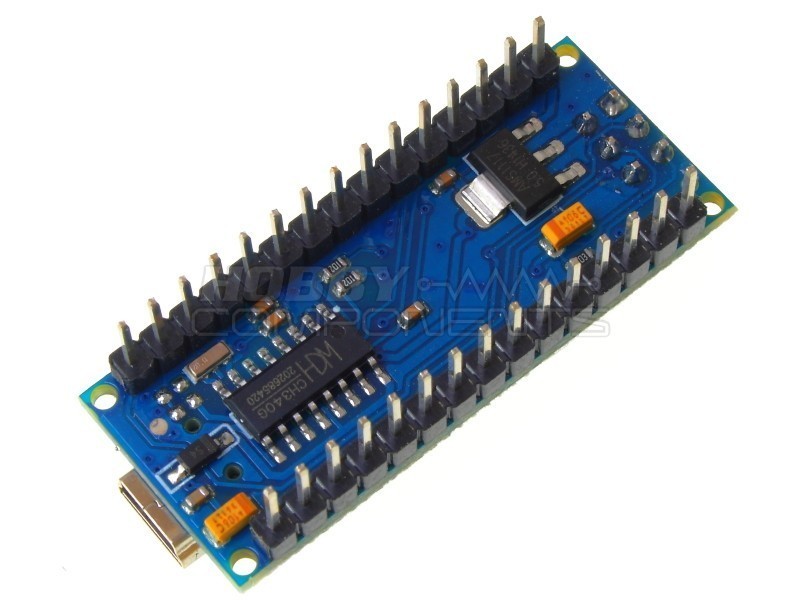
Arduino compatible Nano with CH340 USB IC

Nano Microcontroller v3 (Compatible with Arduino Nano) - Type-C USB
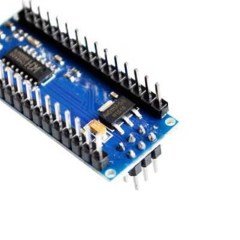
Arduino Nano Clone - USB Cable Gift - (USB Chip CH340) Buy 7,00 USD

Arduino NANO V3.0 Development Board – Clone Compatible Model – Mybots
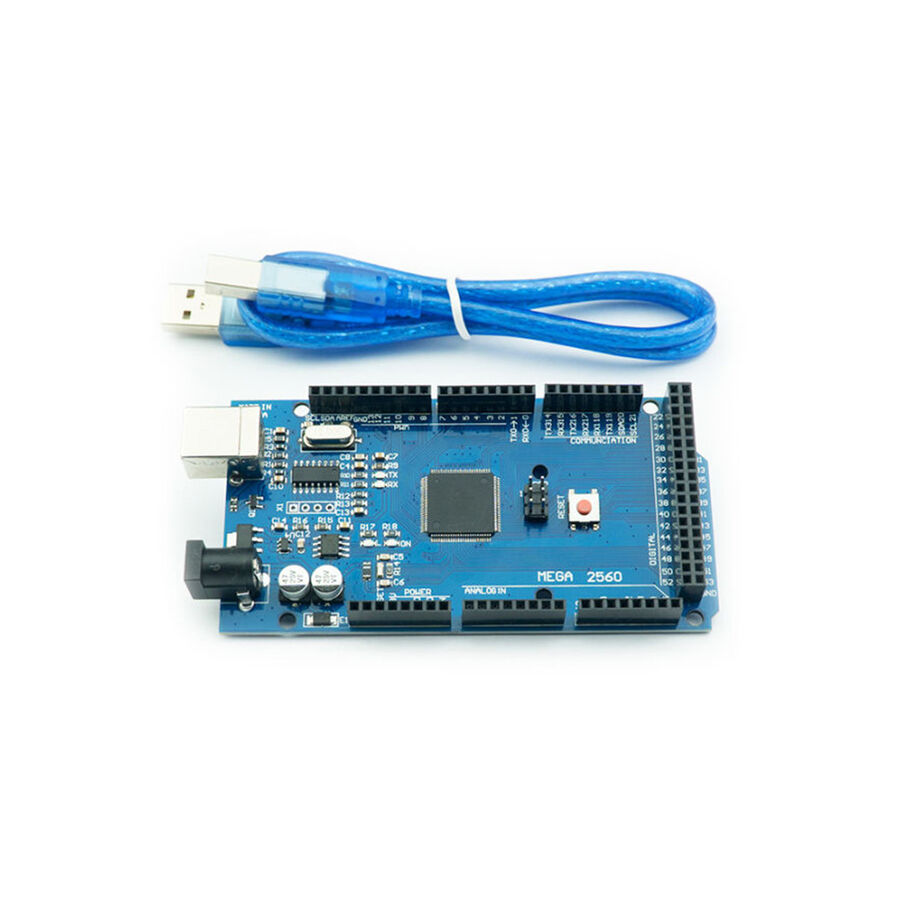
Buy Arduino Mega 2560 R3 - Clone (USB Chip CH340) with affordable price including USB cable - ®

Arduino Nano 3.0 with CH340 Chip without USB cable (Unsoldered)
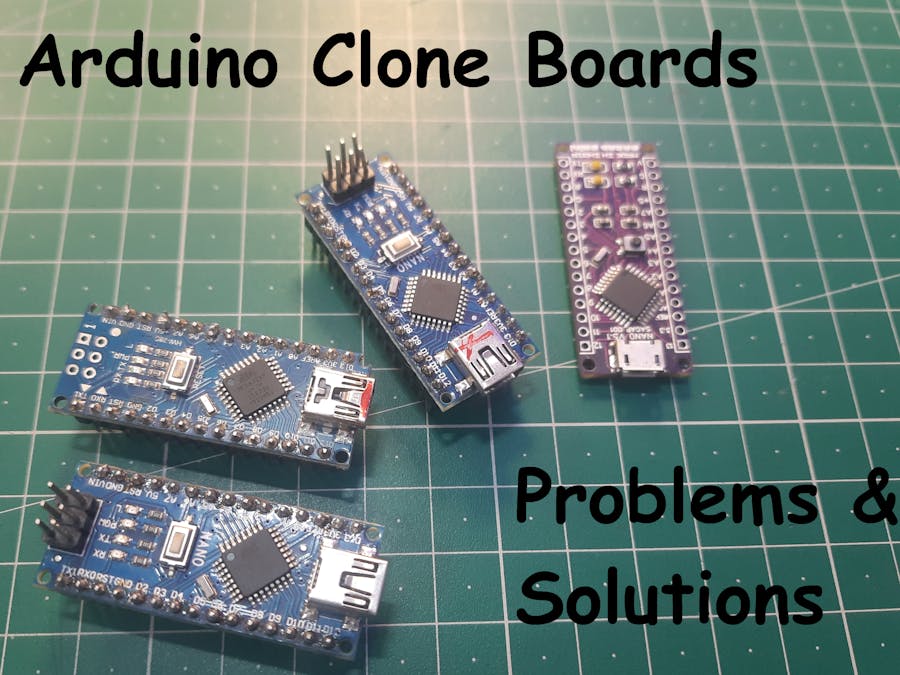
Arduino ch340g troubleshooting, fixing errors and drivers

Arduino Nano CH340 Clone - Mini USB • Make Electronics
